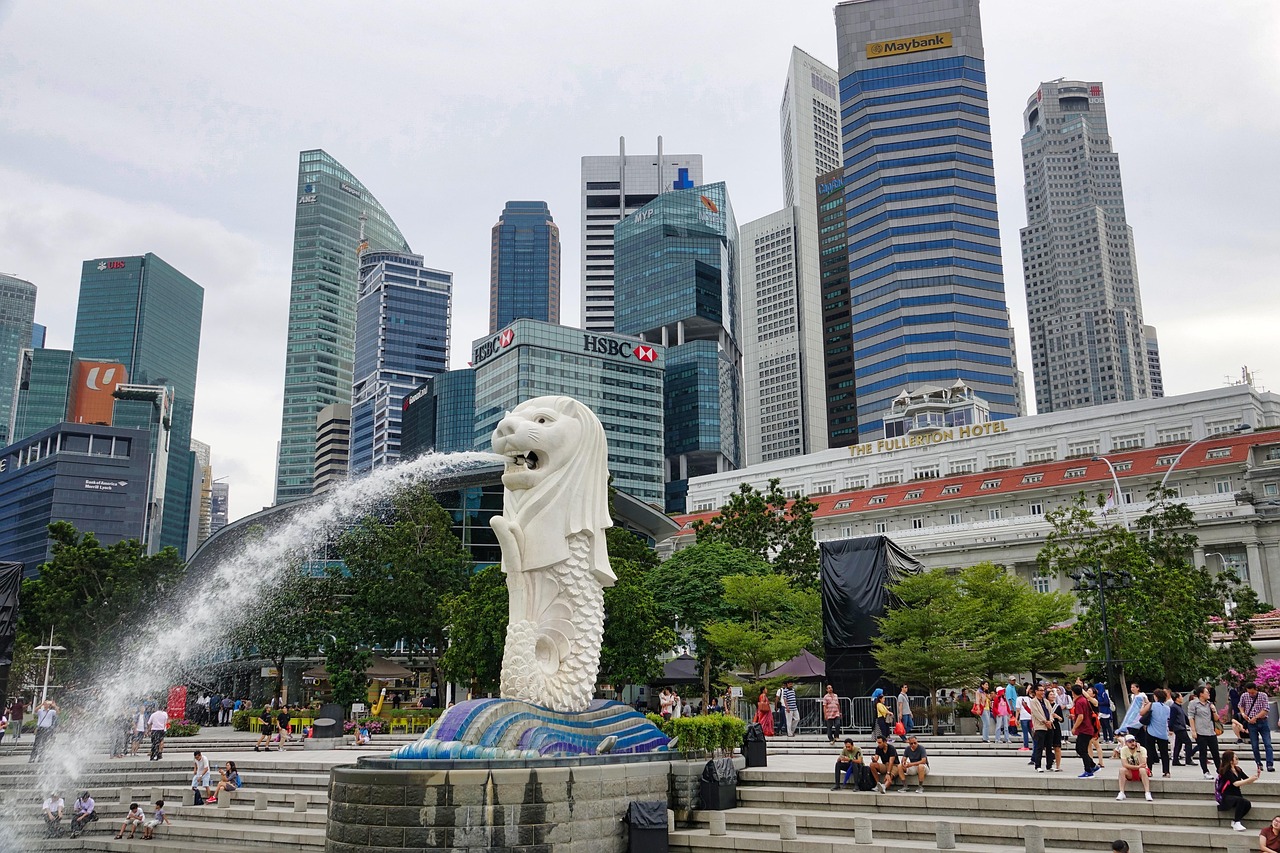Browse through our library of informative resources to stay informed and inspired


For many foreign professionals, Singapore represents a pinnacle of career opportunity and quality of life. The next logical step often seems to be securing Permanent Residence. But what if your long-term plans don’t involve settling in the Lion City forever? Is it worth navigating the complex process to become a PR if you envision yourself leaving in just a few years?
The answer is a nuanced calculation of costs versus benefits, where short-term freedom is weighed against long-term, unshakeable commitments. This guide breaks down the key factors to help you decide if it’s the right move for your situation.
The most significant short-term advantage of PR status is liberation from the Employment Pass (EP). As a PR, you are no longer tied to a single employer. This grants you:
Employment Flexibility: You can change jobs freely without the anxiety of having your new employer apply for a new work pass. This gives you superior bargaining power and the agility to seize better career opportunities as they arise.
Job Security: In an uncertain economy, EP holders are vulnerable. If you are retrenched, your right to remain in Singapore is short-lived. A PR, however, can stay in the country indefinitely while searching for a new job.
Financial Credibility: PRs find it significantly easier to secure financial products like home loans, car loans, and credit cards with better terms, as banks view them as more stable residents.
PR status dramatically changes your financial landscape through a combination of state subsidies and mandatory savings via the Central Provident Fund (CPF).
As a PR, you and your family gain access to substantial government subsidies that are unavailable to other foreigners.
Healthcare: Foreigners pay 100% of their medical bills at public institutions. PRs receive significant support. For instance, at Specialist Outpatient Clinics, subsidies for PRs can be up to 30% of the bill. For stays in acute hospitals, PRs receive subsidies ranging from 15% in a B1 ward to 40% in a C class ward. Citizens receive double these rates, but for a PR, this still represents thousands of dollars in potential savings over a few years.
Education: This is a game-changer for families. PR children are given high priority in the competitive Primary 1 school registration (Phase 2C), right after citizens. Foreigner children are in the last priority group (Phase 3). The cost savings are immense. As of 2024, monthly primary school fees are:
These fees are set to increase to $340 for PRs by 2026, while International Student fees will rise to $665. The financial benefit is undeniable.
The trade-off for these benefits is mandatory participation in the CPF scheme. This reduces your monthly take-home pay, with contributions from both you and your employer. For a new PR (under 55), the contribution rates are graduated:
*Contribution rates are capped at the Ordinary Wage (OW) of S$7,400.*
While this is a form of forced savings for retirement, it impacts your liquid cash flow. However, if you decide to renounce your PR and leave Singapore permanently, you can withdraw your entire CPF savings in a lump sum. The process takes approximately 12 weeks. This withdrawal is not taxed in Singapore, but it may be considered taxable income in your home country, a crucial point for nationals of countries like the United States.
This is the most critical factor for families and a potential deal-breaker. Male children who are granted PR status under a parent’s sponsorship are liable for National Service (NS).
This is not an optional commitment. The liability begins when the child turns 13, he must register for NS at 16.5, and he will be enlisted for two years of full-time service around the age of 18, followed by annual reservist cycles. For families with sons, the implications of Getting PR in Singapore extend far beyond finances and must be the primary consideration.
Failing to comply has severe consequences, including fines, imprisonment, and adverse effects on any future attempts to study or work in Singapore. Crucially, renouncing PR status does not absolve a male child of his NS obligations once that liability has been established.
Applying for Permanent Residence is a formal process managed online through Singapore’s Immigration & Checkpoints Authority (ICA). It’s designed for eligible work pass holders who can demonstrate their stability and contributions to Singapore. The application is thorough, requires significant documentation, and typically takes many months to process. A key aspect of being a PR is the Re-Entry Permit (REP), a travel document that must be renewed every five years by proving your continued ties to the country.
A major benefit of PR is the ability to secure long-term stay for your immediate family. You can either include your spouse and children in your initial PR application or sponsor them for a Long-Term Visit Pass (LTVP) after your own status is approved.
If you decide to leave permanently, you must formally renounce your PR status. This is a straightforward process, but only if all national obligations have been met. The most critical requirement is that male children who became PRs must complete their mandatory National Service. This duty is non-negotiable. Once renunciation is approved, you can then apply to withdraw your full savings from the Central Provident Fund (CPF).

Whether PR is worthwhile for a short-term stay boils down to your personal and family profile.
For a single individual or a couple with no children (or only daughters): PR is highly advantageous. The reduction in take-home pay via CPF is the main drawback, but this is fully recoverable upon departure. The freedom in the job market, enhanced security, and access to subsidies make it a powerful strategic move. In this scenario, the decision to apply for Singapore Permanent Residence is often a clear win.
For a family with young sons: This decision requires profound consideration. You must weigh the significant financial benefits of subsidized education and healthcare against the absolute, two-year NS commitment for your sons. Even if you plan to leave before they enlist, their NS liability remains and could impact their future. If you are not prepared for your sons to serve, you should not take up PR for them.
Ultimately, Singapore PR is far more than a visa upgrade. It is an integrated package of substantial privileges tied to serious, long-term national responsibilities. A clear-eyed assessment of these duties, especially NS, is essential before you begin.
To ensure you’re fully prepared for this significant step, it helps to first understand all the requirements in detail. You can get a clear overview of the journey ahead with our free singapore pr application checklist, designed to guide your preparations.
Please share with us some details about your needs, we will get back to you.